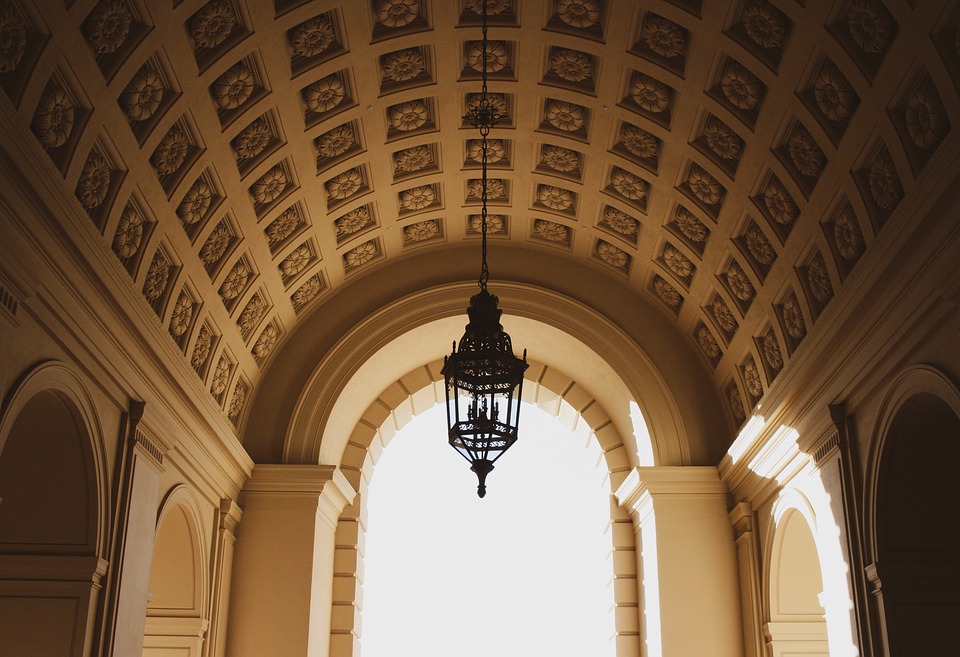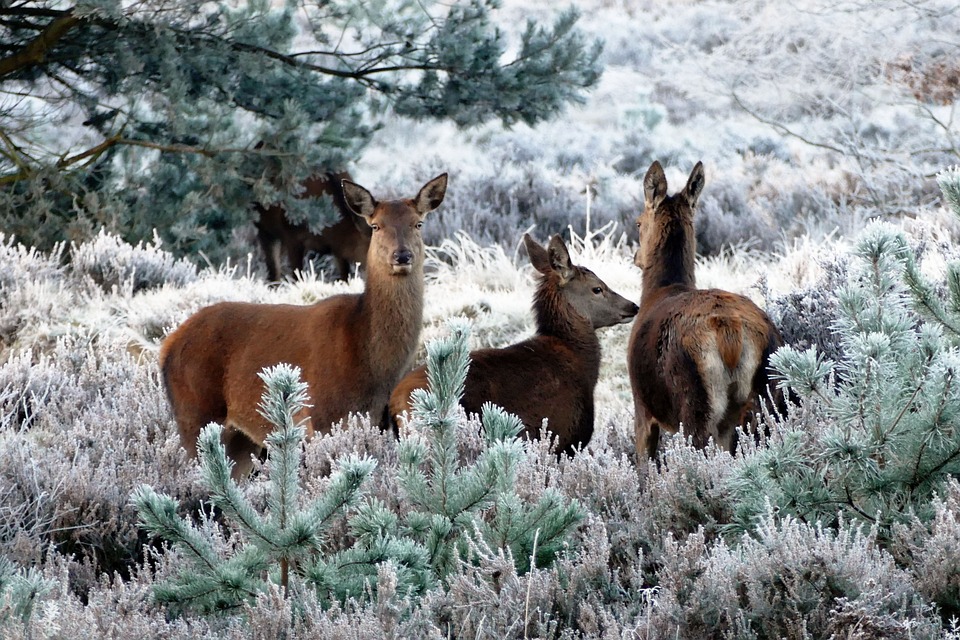Title: Indigenous Tribes of Brazil: Uncovering the Stories and Influence of Native Communities
Introduction:
Brazil, the largest country in South America, is home to a fascinating and diverse range of indigenous tribes. With over 300 distinct indigenous groups calling this breathtaking land their home, the indigenous communities of Brazil have played a significant part in shaping its history, culture, and landscape. Today we journey through the lush Amazon rainforest, expanses of the Pantanal Wetlands, and the endless reaches of the Atlantic coast, shedding light on the rich stories and remarkable contributions of these unique native communities.
A Tapestry of Tribes:
Indigenous Brazilian tribes are divided into two major groups: the “Indigenous” and “Non-Indigenous” populations. However, this classification can oversimplify the complexities within Brazil’s tribal communities. In an effort to highlight their differences and uniqueness, we categorize them based on major regions: Amazon, Cerrado, Atlantic Forest, and Pantanal.
1. Amazonian tribes:
Sprawling across 90% of the Brazilian Amazon, approximately 34 tribes speak their native indigenous languages, such as Kuikuro, Yanomami, and Tukano. These communities have developed a deep understanding of the Amazon rainforest’s resources and maintain a close connection with nature, practicing sustainable ways of life, such as hunting, fishing, and small-scale agriculture.
2. Cerrado tribes:
The vast central region of Brazil, known as Cerrado, comprises a unique biodiversity that sustains several indigenous communities. Tribes like the Kaingang, Kayapó, and Xavante have cultivated their way of life across Cerrado’s savannas and woodlands. Historically, access to water sources, fertile land, and natural resources solidified the interdependency between these tribes and the Cerrado ecosystems.
3. Atlantic Forest tribes:
The Atlantic Forest, one of the most biodiverse ecoregions in the world, cradles a small but fiercely resilient indigenous population. Including the Potiguara, Guarani, and Aruak tribes, there are over 200 small indigenous groups dispersed throughout the Atlantic Forest. With an affinity for the region’s rich flora and fauna, these communities have thrived through a combination of hunting, fishing, and gathering techniques.
4. Pantanal Tribes:
The Pantanal, the world’s largest tropical wetland, spanning Brazil, Bolivia, and Paraguay, is home to several indigenous communities. Among them, the Suyá, Guarayos, and Avá-Canoeiro tribes have built their lives around the Pantanal’s abundant natural resources. A vast majority of these tribes, known for their exceptional bone-carving skills and brightly colored clothing, have carved out a unique way of life that celebrates the profound and unyielding connection to this unique ecosystem.
These remarkable tribes each contribute to Brazil’s unique cultural tapestry. The incorporation of their ancient traditions, folklore, spirituality, and sustainable practices into the modern fabric of Brazilian society highlights the influence these indigenous communities wield.
Image:
An immersive photo depicting a colourful, cascading waterfall lying in the dense tropical rainforest of the Amazon Basin symbolizes Brazil’s indigenous communities’ deep connection with nature. A group of rainforest-inhabiting tribespeople stands by the waterfall, resolute, sheltered beneath a vibrant canopy of flowers, fruits, and foliage. On one side a Brazil nut tree with its magnificent crown adds to the scene.
FAQs:
1. What is the current population of indigenous tribes in Brazil?
Answer: As of the latest census, Brazil is home to approximately 817,000 indigenes, representing 0.43% of the total national population.
2. What’s unique about the indigenous tribes’ relationship with the environment?
Answer: The indigenous tribes’ relationship with their environment is characterized by a profound sense of spiritual and ecological connection. They have developed sustainable practices and have strict customs dictating responsible resource extraction.
3. How have the indigenous tribes influenced modern Brazilian society?
Answer: Indigenous communities have greatly influenced modern Brazilian society, particularly in the realms of language, art, spirituality, and environmental management. The Brazilian government has increasingly recognized and acknowledged their role in preserving the country’s cultural richness and biodiversity.
Conclusion:
Brazil’s picturesque landscapes are not merely an attraction to tourists; they are intricate ecosystems that house unique cultures and societies shaped by centuries of symbiotic adaptation. From the lushness of the Amazon to the diversity of the Atlantic Forest, each indigenous tribe holds a vital piece of Brazil’s cultural mosaic, sharing invaluable knowledge about environmental stewardship and respect for the land.
This exploration of Brazil’s indigenous tribes is just the beginning, presenting only a glimpse into the richness and diversity of their unique stories and influences on this beautiful country. Let us continue to draw inspiration from their profound connection to nature and distinct customs that enrich Brazil’s age-old tapestry.


